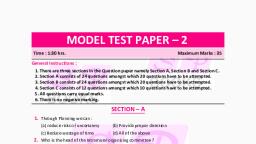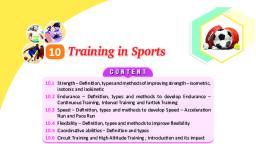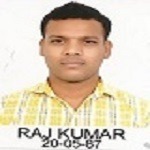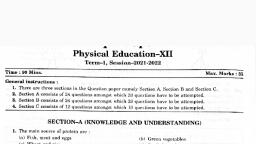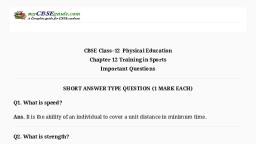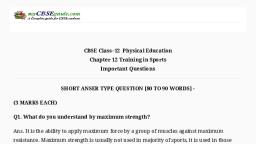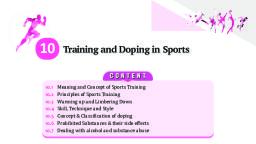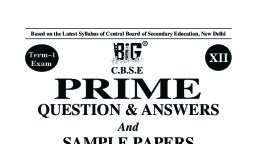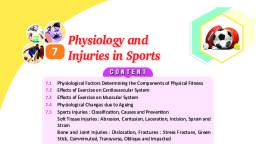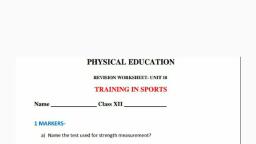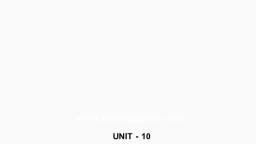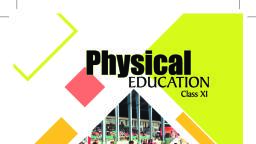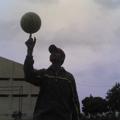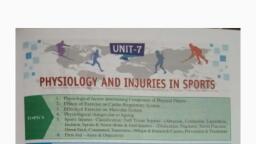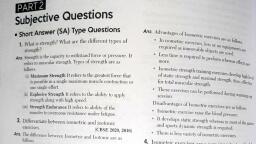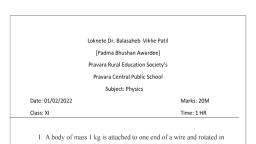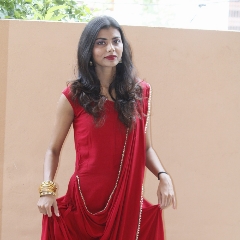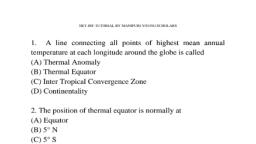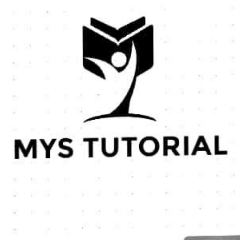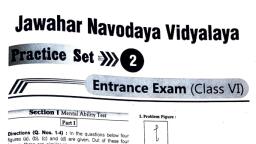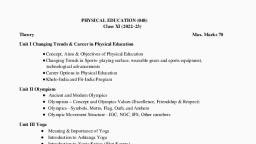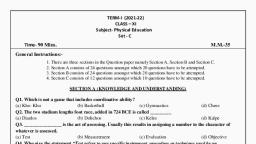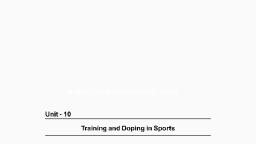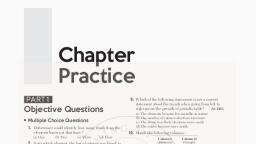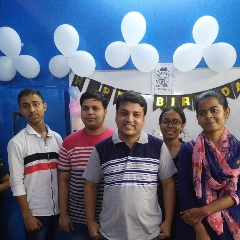Page 1 :
SPORTS TRAINING SET/NET/JRF, CYBERIAN FORCE, SPORTS TRAINING MOCK TEST-2, , 1. Isometric exercise is the one in which muscle length is, (a) constant, (b) Shortened, (c) Lengthens, (d) None of the above., , 2. ‘Cyber’ machine is based on the principle of, (a)Isometric contraction, (b) Isotonic contraction, (c) Iso kinetic contraction, (d) None of the above., , 3. Pushing against the stationary wall is an example of, (a)Eccentric exercise, (b) Isometric exercise, (c)Isotonic exercise
Page 2 :
(d) Is kinetic exercise., 4. ‘Super compensation’ means, (a)Fatigue, (b) Second wind, (c)Adaptation to load, (d) Oxygen debt.
Page 3 :
5. ‘Stadiometer’ is used to measure, (a) Strength, , (b) weight, , (c) Height, , (d) stadium area., , 6. Adaptation to training load at high altitudes is known as, (a)Thermoregulation, (b) Super compensation, (c)Acclimatization, (d) None of the above., 7. Aerobic fitness is best achieved through, (a)Swimming, (b) Circuit training, (c)Short sprints, (d) Long distance running.
Page 4 :
8. Leg strength can be best improved by, (a) High jumps (b) depth jumps (c) pushups., , (d) Chin ups., , 9)., _ skills are the skills children need to function effectively in the, environment., Beginning movement, Rhythmic, Fundamental, Motor, , 10). Walking, twisting, running, jumping, or stretching are examples of, ., Non-locomotors skills, fundamental skills, specialized skills, introductory activities, , 11). To make training specific, a sprinter would generally work what energy system?, A. Aerobic, B. Unaerobic, C. Anaerobic, D. Inaerobic
Page 5 :
12). Which of these training principles states that 'there is a need to work the body, hard so there is some stress and discomfort'?, A. Progression, B. Reversibility, C. Overload, D. Specificity, 13). If training is too predictable athletes can become ___, , _?, , A. Demotivated, B. Lazy, C. Uninterested, D. Fatigued, 14).Load parameters structure for developing maximum strength is:, I. Load should be high, II. Load should be medium, III. Rest interval should be high, IV. Rest interval should be low, , Find the correct combination:, , (A) I and IV, (B) I and III, (C) II and III, (D) II and IV
Page 6 :
15). Match List-I with List-II and select the correct option using the codes given, below:, List – I, I. Aerobic, II., , List – II, exercise, , 1. Exercise done in absence of oxygen, , Anaerobic exercise 2. Length of muscles changes during contraction and relaxation, , Isotonic exercise 3. Length of muscles does not change during contraction and, relaxation, III., , IV., , Isometric exercise 4. Exercise done in presence of oxygen, , Codes:, I II III IV, (A) 1 2 3 4, (B) 4 1 2 3, (C) 1 4 2 3, (D) 4 3 2 1, 16). Aim of sports training is, A. Improvement of physical fitness., B. Improvement of technical skills., C. Improvement of tactical efficiency, D. Improvement of sports performance
Page 7 :
17). Arrange the following in correct, sequence for skill learning:, I. Associative, , Phase, , II. Presentation, III., , stage, , Automatization stage, , IV. Cognitive, , stage Codes:, , (A) I, III, IV, II, (B) II, IV, I, III, (C) III, I, II, IV, (D) IV, II, III, I, , 18). Match List – I with List – II and select the correct answer from the codes given, below:, List – I, a. Three, , List – II, seconds rule i. Football, , b. Throw-in, , ii. Hockey, , c. Straight, , iii. Basketball, , d. Service, , push, , iv.Badminton, v. Baseball
Page 8 :
Codes:, abcd, (A) i ii iii v, (B) ii i iv iii, (C) iii i ii iv, (D) i ii v iv
Page 9 :
19. Internal load is judged by, I. Load volume, II. Pulse rate, III. Load intensity, IV. Lactic acid concentration Find the correct combination., (A) I, IV, (B) II, IV, (C) III, IV, (D) II, III, , 20). Magnitude, I. Type, II., , of training load depends upon, , of exercise, , Type of training cycle, , III., , Load volume, , IV., , Time of training, , Find the correct combination: Codes:, (A) I and II, (B) III and ü IV, (C) I and III, (D) II and III
Page 10 :
21). The systematic, , process of sports training involves the following:, , I. Evaluation, II. Feedback, , Execution of training, IV. Setting goal and objectives Arrange in proper sequential phase:, Codes:, (A) II IV I III, (B) IV III I II, (C) I II IV III, (D) III I II IV, III., , 22)., , Which of the following is not a characteristic of sports training?, A. Process of perfection, B. Performance during training session, C. Controlled daily routine, D. Utilization of human reserves, , Find the correct combination of quantum of External load using the code given, below:, 23)., , a), b), c), d), e), , Volume of load, Type of training means, Quality of exercise, Intensity of load, Frequency of load, , Code:, A. (a), (b), (c), (d), (e), B. (a), (b), (c), (d), C. (a), (c), (d), (e), D. (4) (b), (c), (d), (e)
Page 11 :
24). Progression that is too slow will result in:, A. Overtraining., B. Boredom., C. Limited improvement., D. Chronic fatigue and, injury., ।, , 25. The, , A., B., C., D., , number of times you exercise each week., Frequency, Frequent, Training Schedule, Time, , 26. How, , A., B., C., D., , hard the exercise is., , Intensity, Overload, Difficulty, Type
Page 12 :
27. Training, , at an appropriate intensity and gradually increasing the amount of stress, placed on the body, A., B., C., D., , Progressive Overload, Adaptation, Intensity, Type, , By ensuring that you progressively overload your body you encourage it to adapt, to new stresses being placed upon it., 28., , A., B., C., D., , Adaptation, Variation, Intensity, Specificity


